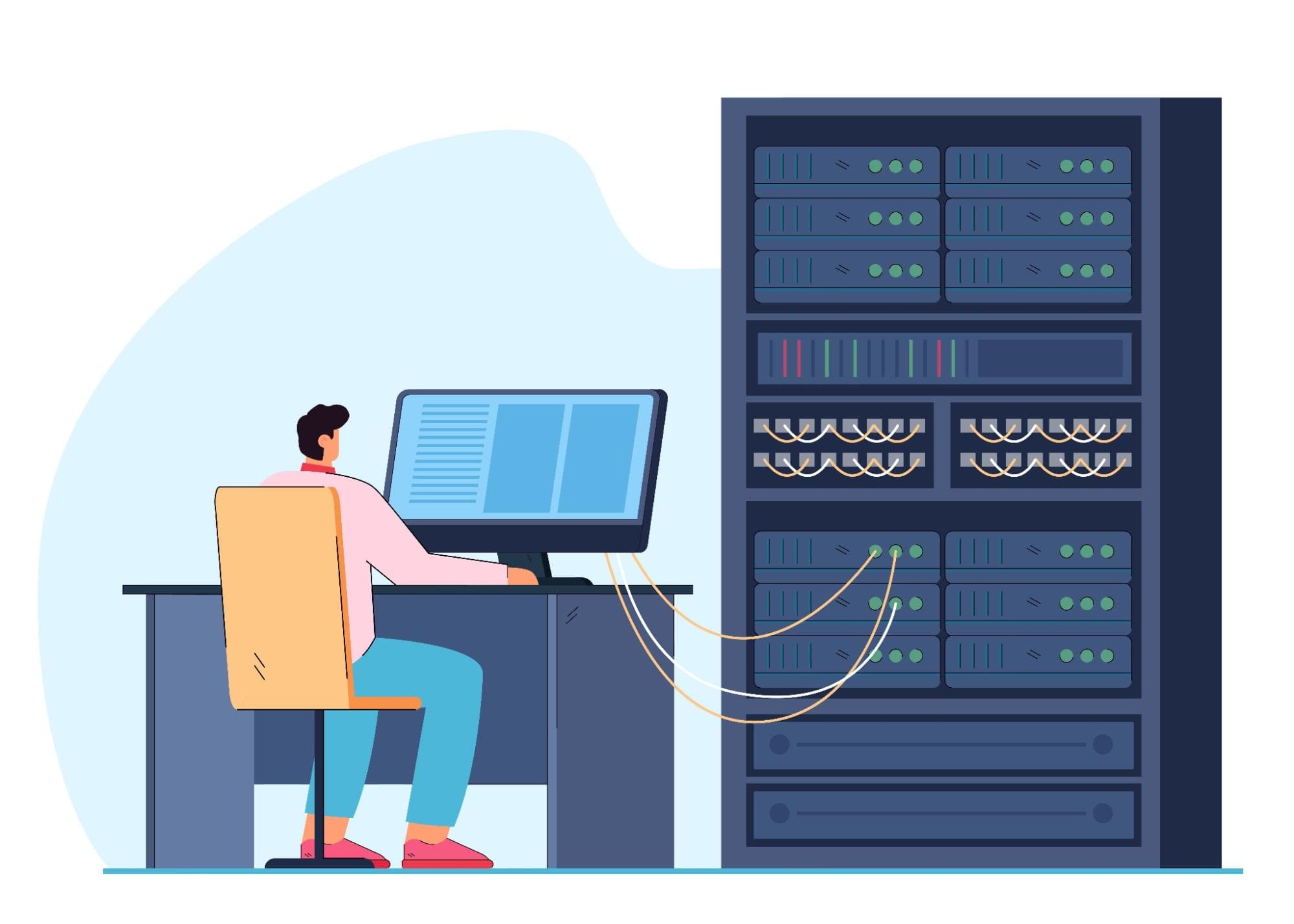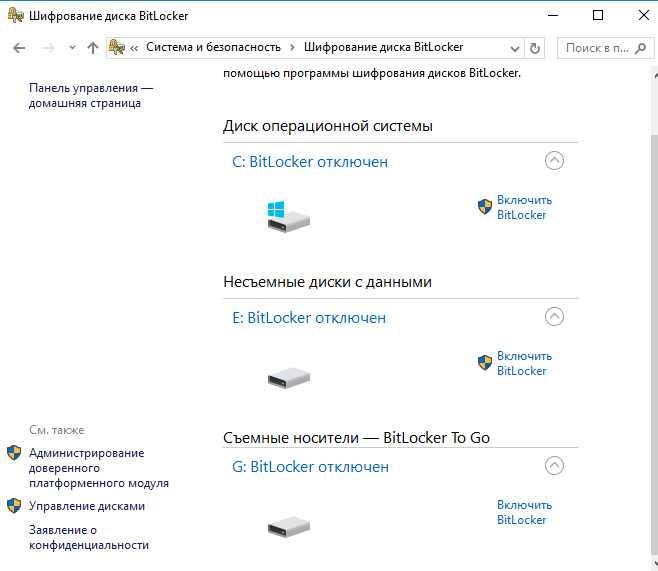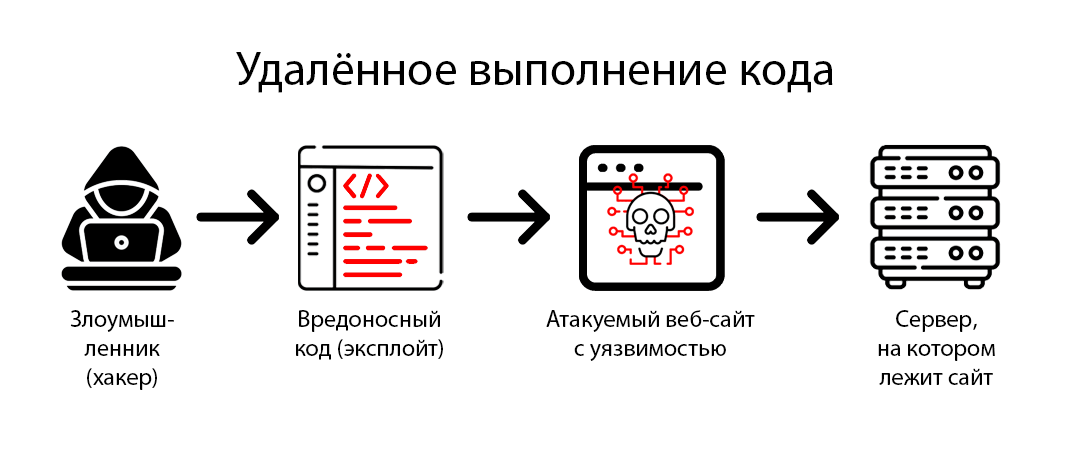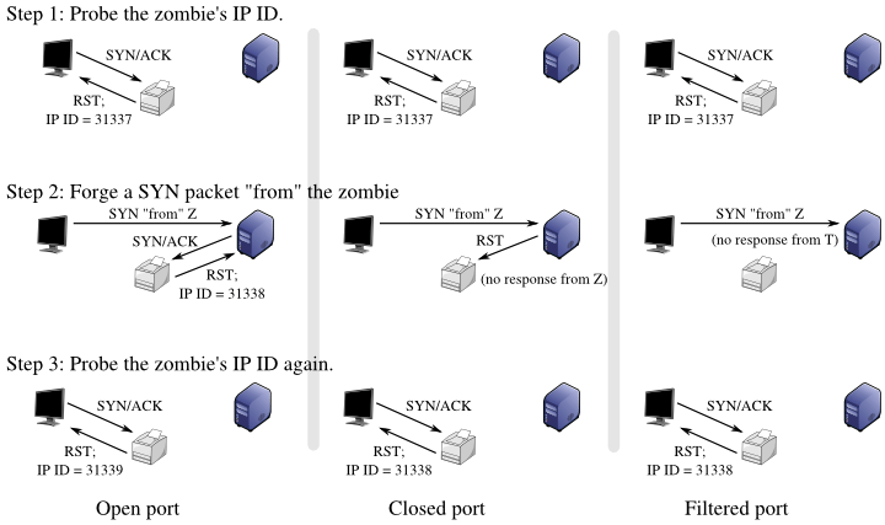How to Use chroot for User Isolation?
Chroot is a handy and effective tool for isolating users on Unix-like systems. It allows you to create a virtual environment where a user has restricted access only to specific files and directories. This helps ensure security and protect information on the server. In this article, we’ll explore how to use chroot for user isolation.
First of all, you need to make sure that chroot is installed on your server. If it’s not installed, you can install it with the following command:
sudo apt-get install chroot
After installing chroot, you can create a virtual environment for the user. To do this, you need to follow these steps:
1. Create a directory where the virtual environment will reside:
sudo mkdir /chroot_environment
2. Copy the necessary files and libraries into the virtual environment:
sudo cp /bin/bash /chroot_environment
sudo cp /bin/ls /chroot_environment
sudo cp /lib64 /chroot_environment/lib64
3. Configure chroot for the user by specifying the path to the virtual environment in the /etc/ssh/sshd_config file:
Match User username
ChrootDirectory /chroot_environment
4. Restart the SSH server to apply the changes:
sudo systemctl restart sshd
Now the user will be isolated in the virtual environment and will not be able to go beyond it. This allows you to ensure server security and protect it from intruders. Remember to regularly update the virtual environment and keep track of the relevance of installed programs and libraries.
By using chroot to isolate users, you can increase the security level of your server and protect your data from leaks and attacks. Use this handy tool wisely and be careful with the settings to avoid errors and problems in the future.





